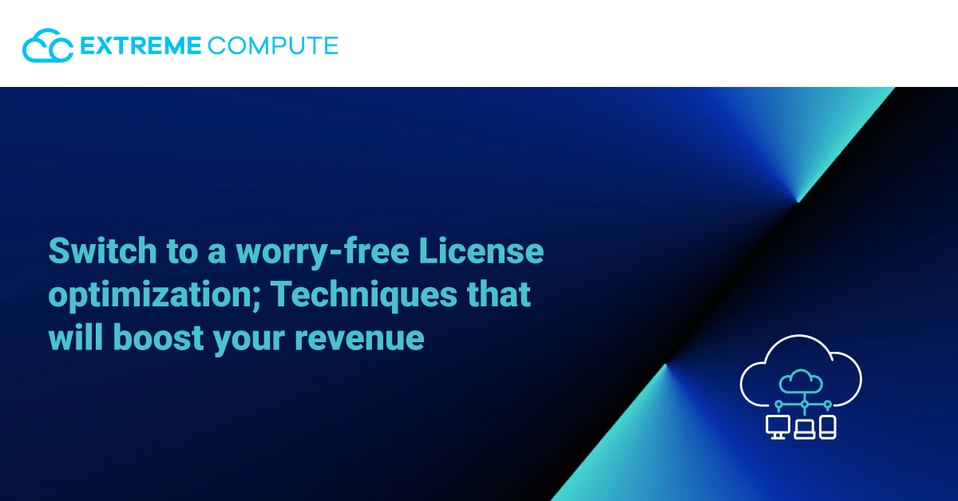
When optimizing software licenses, what are the benefits?
The first step on your Software Asset Management (SAM) journey is to create an effective license position (ELP). While the ELP will help you to maintain compliance, it will not actively help you to reduce the cost of licensing, which is an important factor in ensuring an ROI for your SAM activities.
Software license optimization (or SLO) helps ensure the optimum use of your licenses by reducing license use while staying compliant. This will help you through costs and make sure you don't have any nasty surprises in the event of a software vendor audit. The awareness of your user rights and control of the use of installed software through your property are two key components to maximize software licenses. Let's start by looking at the rights of users.
Optimize Software Licenses:
Product Use Rights The license agreement gives you the right to use your software. Specifically, this will explain how you can use it in different scenarios. Although there are many different cases of use, there are a range of generic cases common to major vendors such as Microsoft and Adobe.
These include the following types:
- Update – It helps you to download the latest software update at no additional cost. In many organizations, though, it can be very difficult to manage because some licenses are being retained (which usually require this free upgrade) and some are not. It requires a good tool to customize the application license to do it well.
- Downgrade – Allows you to purchase a later version of a product that you are currently using (usually the current version) but instead to install an earlier version of the product. For instance, you'd do this with a standard desktop deployment image that uses a version of something you can't buy anymore.
- Virtualization of the server – This allows the installation of software on a number of virtual machines and only counts as 1 license.
- Secondary use – It gives the right to download a computer, as well as a laptop, on a desktop and only counts it as a single license.
- Disaster recovery – Allows you to simultaneously install software on a live server and a backup server using only the live server license.
- Multiple installations – This allows you to install multiple times the same application on a device and counts only as one license. Usually these are different versions. However, older ITAM tools operating at the file scan level have an erroneous habit of picking up unclean uninstalls as a multiple installation (where part of the program was left behind).
Analyzing Software Usage:
Once you understand each vendor's usage rights, you will then be able to progress. The next step is to track and analyze the actual usage data of the software to determine the optimum type of license for each user. There are likely to be a number of users in any company with the wrong software version installed, usually using one that is higher (and thus more expensive) than they really need. Through knowing this in relation to your usage rights, you will be able to re-allocate these higher-value licenses and save extra licenses to be purchased. In SAP environments in particular, this is one of the most complicated licensing models.
In addition, unused code for re-harvesting and eventual reallocation to other users is also likely to be detected by the usage data. Again, an important activity to save costs and a vital part to optimize licenses.
Optimize Software Licenses:
Storing Consumer Use Right Data For this re-harvesting, different organizations will have numerous cut-off points. Around 90 days, some will draw the line, some even longer. To analyze the use of this software, a sophisticated tool that can provide up to 12 months of data will be required.
This will give you the rich history you need to make decisions to delete expired licenses and make them available to other users. When you combine this with an integrated corporate app store, the users are more likely to give up unused technology because they know they can reinstall it quickly and easily if they need it in the future.
The tool should also have the built-in ability to store user rights for the software vendor product and apply these rights to automatically determine your optimized license position (OLP).
For a tailored solution, drop your query below to get expert assistance.